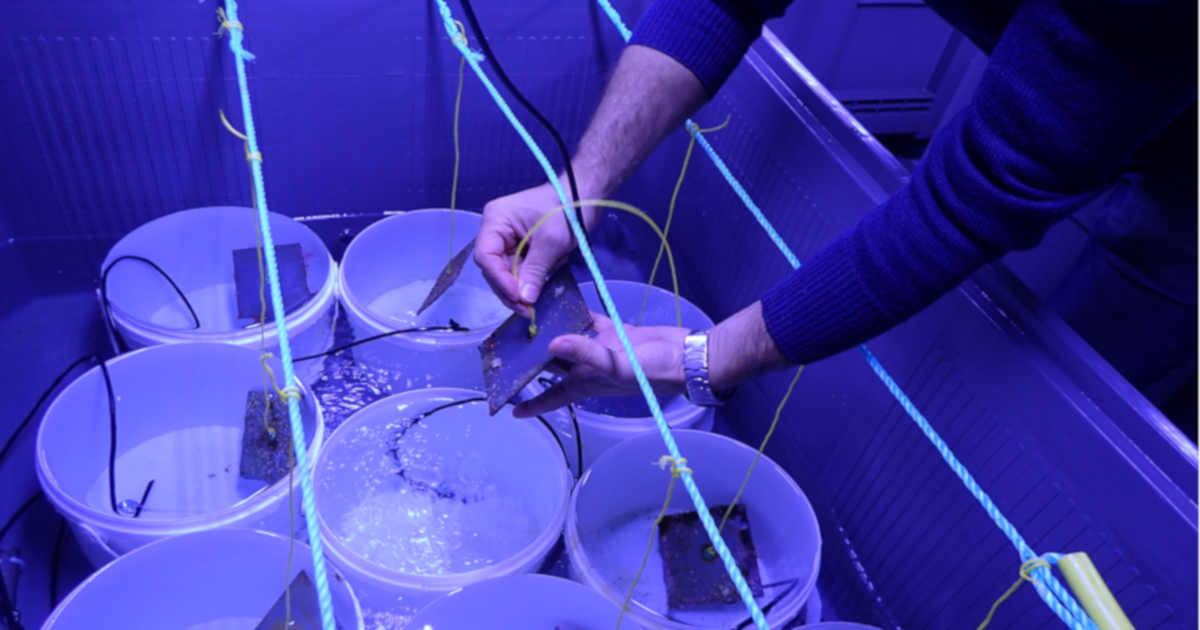- 2.8Impact Factor
- 5.0CiteScore
- 16 daysTime to First Decision
Marine Biological Invasions: Experimental Approaches
This special issue belongs to the section “Marine Biology“.
Special Issue Information
Dear Colleagues,
Biological invasions are recognized as one of the major threats for the biodiversity conservation and its prevention, eradication and control are currently major environmental, political and economic challenges. In the marine environment, coasts and estuaries are particularly vulnerable as these systems are under the permanent income of new colonizers mainly through marine traffic connectivity. In this sense, marinas and harbors are the hotspots for the introduction and accumulation of non-indigenous species (NIS), and potential sources from where some of these NIS can eventually spread and invade the surrounding natural coastal habitats, including marine protected areas (MPAs). Ecological experimentation is fundamental for a better understanding on the factors determining the failure or success of the invasion, and also contributes to make appropriate assessments of NIS introductions and better predict the risks of invasion. The aim of the invited Special Issue is to search and publish experimental research focused on marine invasion ecology, with the goal to make a compendium that can serve as a specific update in this research area. All types of contributions are welcome, although experimental studies focused on the following topics are particularly welcome:
- Control and management of introduction vectors in the marine environment.
- Coastal monitoring of NIS and innovation in methods for early detection.
- Experiments on ecology and/or biology of marine invasions.
- Evaluation of the impacts of marine invasions.
- Marine invasions and other global change threats.
Dr. Ignacio Gestoso
Guest Editor
Manuscript Submission Information
Manuscripts should be submitted online at www.mdpi.com by registering and logging in to this website. Once you are registered, click here to go to the submission form. Manuscripts can be submitted until the deadline. All submissions that pass pre-check are peer-reviewed. Accepted papers will be published continuously in the journal (as soon as accepted) and will be listed together on the special issue website. Research articles, review articles as well as short communications are invited. For planned papers, a title and short abstract (about 250 words) can be sent to the Editorial Office for assessment.
Submitted manuscripts should not have been published previously, nor be under consideration for publication elsewhere (except conference proceedings papers). All manuscripts are thoroughly refereed through a single-blind peer-review process. A guide for authors and other relevant information for submission of manuscripts is available on the Instructions for Authors page. Journal of Marine Science and Engineering is an international peer-reviewed open access monthly journal published by MDPI.
Please visit the Instructions for Authors page before submitting a manuscript. The Article Processing Charge (APC) for publication in this open access journal is 2600 CHF (Swiss Francs). Submitted papers should be well formatted and use good English. Authors may use MDPI's English editing service prior to publication or during author revisions.
Keywords
- Marine ecology
- Invasive species
- Global change
- Biodiversity conservation
- Anthropogenic impacts
- Coastal area
- Ecological interactions
- Experimental ecology
- Species distribution
- Marine traffic

Benefits of Publishing in a Special Issue
- Ease of navigation: Grouping papers by topic helps scholars navigate broad scope journals more efficiently.
- Greater discoverability: Special Issues support the reach and impact of scientific research. Articles in Special Issues are more discoverable and cited more frequently.
- Expansion of research network: Special Issues facilitate connections among authors, fostering scientific collaborations.
- External promotion: Articles in Special Issues are often promoted through the journal's social media, increasing their visibility.
- e-Book format: Special Issues with more than 10 articles can be published as dedicated e-books, ensuring wide and rapid dissemination.

